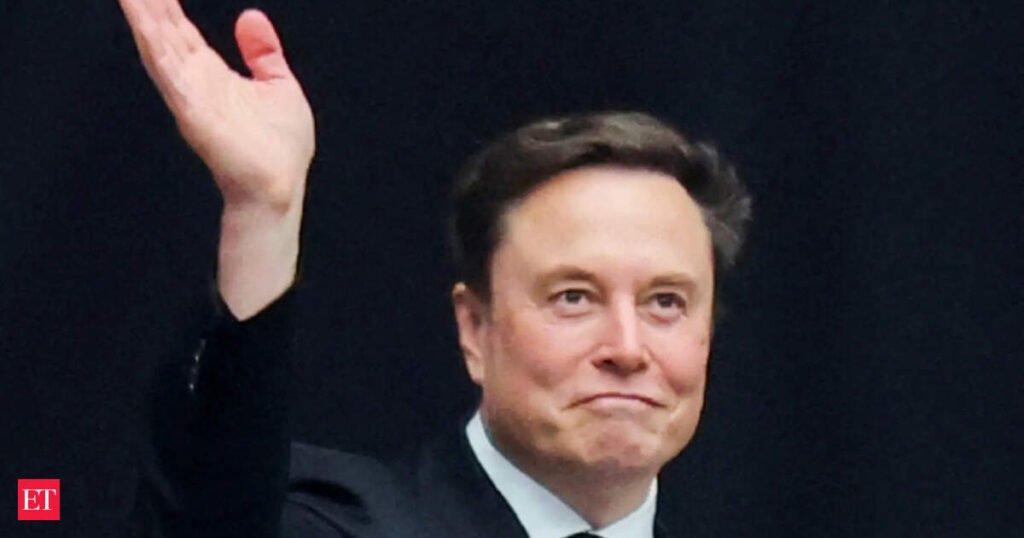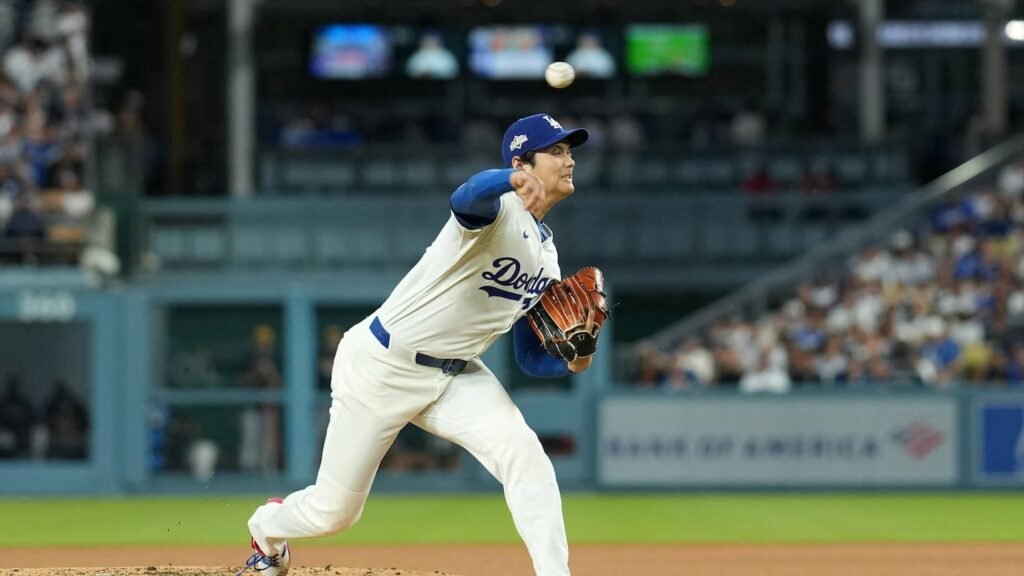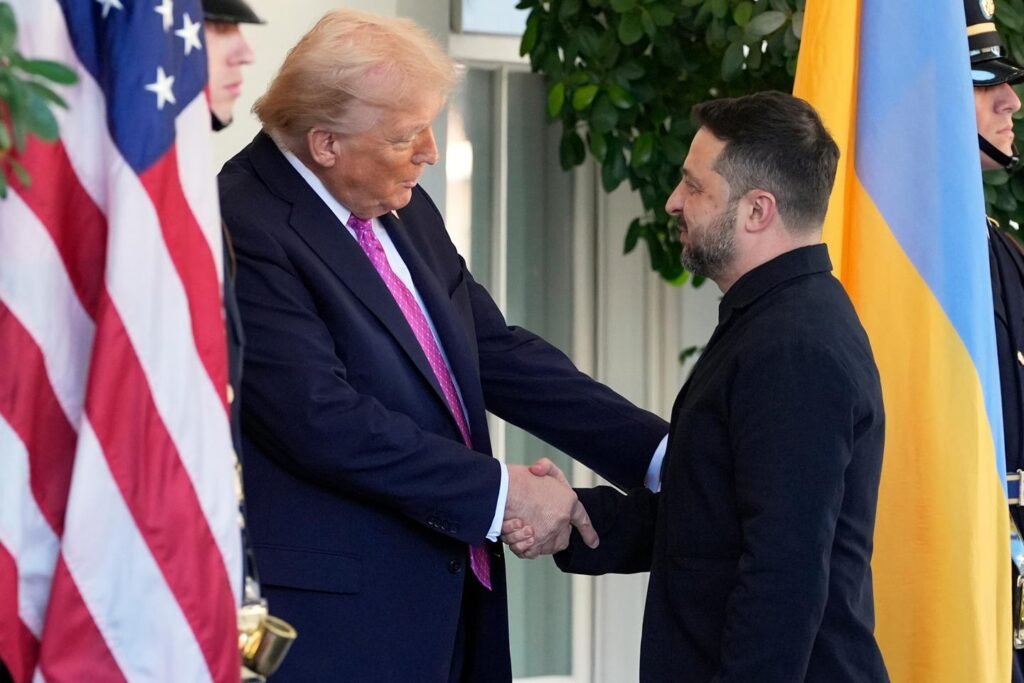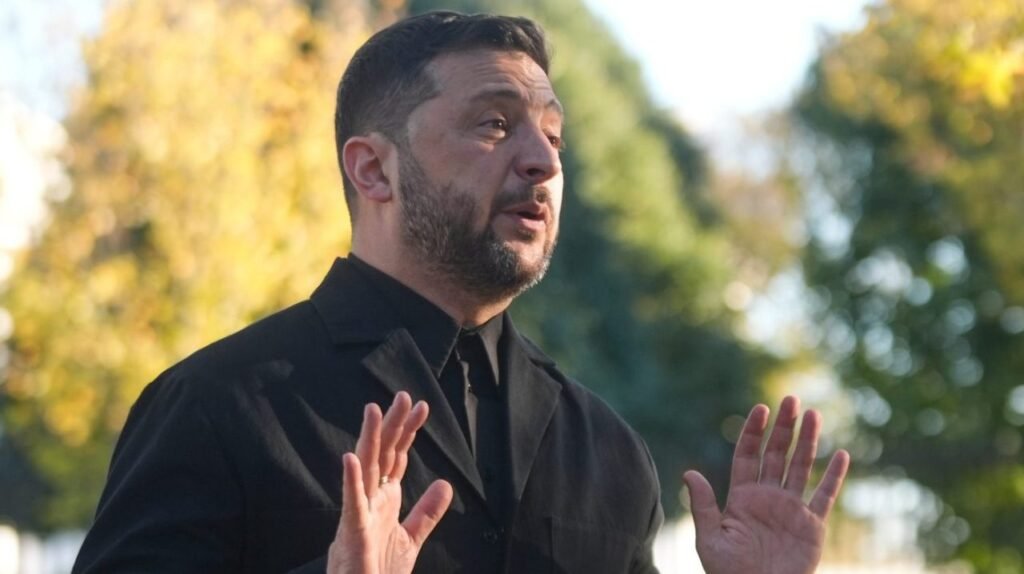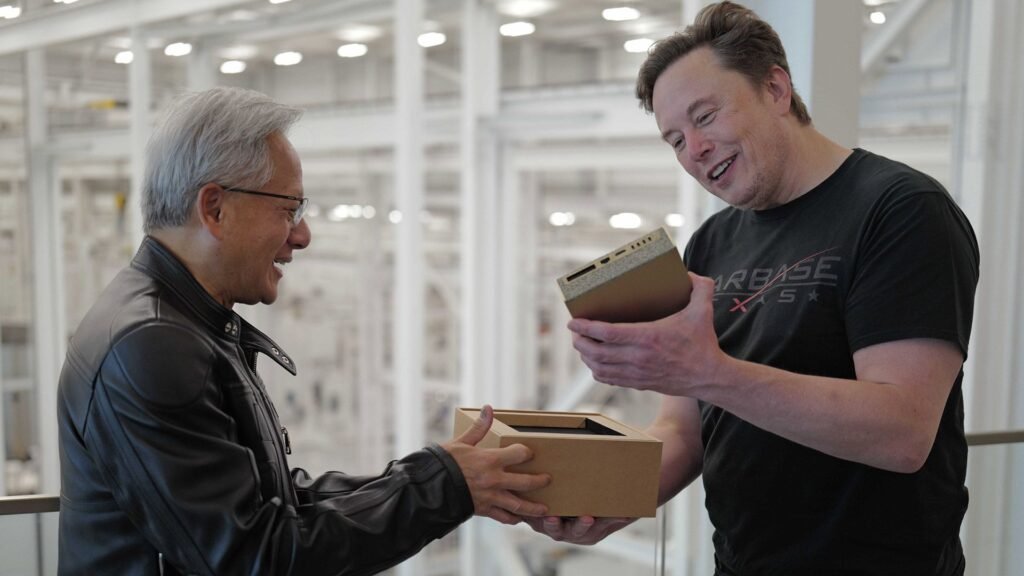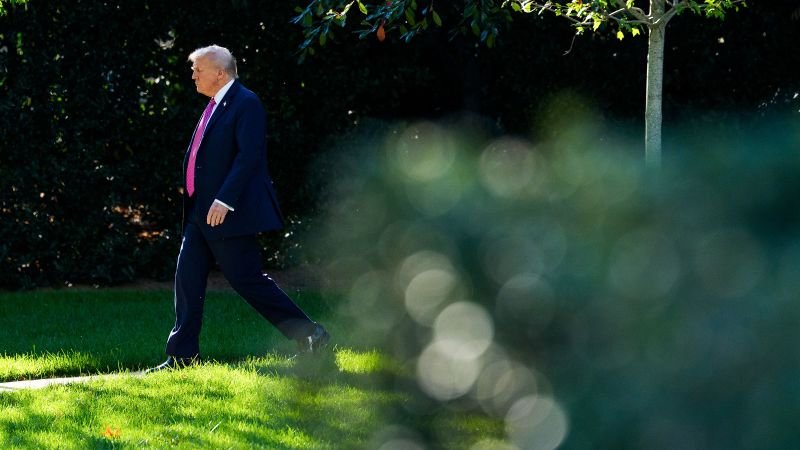The relationship between US President Donald Trump and his Ukrainian counterpart Volodymyr Zelensky has unquestionably improved but the real prize Kyiv seeks seems out of its reach, for now.
After nine months of extraordinary diplomatic acrobatics and verbiage, Trump still prefers to give Russian President Vladimir Putin yet another chance to talk him around, over blunt military escalation.
But there were – among the fawning compliments and the conviction an elusive peace was near – bits of good news for Ukraine. Even Trump’s final word on the matter, a Truth Social post delivered as he left for Mar-a-Lago, suggested “They should stop where they are” – a ceasefire along current battle lines, suggesting something Kyiv could very much tolerate.
“We have to stop where we are. This is important, to stop where we are, and then to speak,” Zelensky told CNN during a news conference after the meeting.

Indeed, the day could have gone a lot worse for Ukraine.
First, Trump extolled the deadly virtues of the Tomahawks, the supply of which he said his meeting with Zelensky was all about. “That is why we are here,” he said. “Tomahawks are very dangerous… It could mean escalation – a lot of bad things could happen.” This is a threat unimaginable when Trump first came to power: the president contentedly signaling he might give the cream of his arsenal to Zelensky so Ukraine can strike deep into Russia.
Yet at the same time, Trump undermined his own threat, by immediately making the nature of the deal before Putin clear. “Hopefully we will be able to get this war over with without thinking about Tomahawks,” Trump added. “I think we are pretty close to that.”
The truth is, Trump is likely still far from the deal he called “Number 9,” a reference to the number of peace agreements around the world he claims to have had a hand in. But his new approach – of threatening real military escalation, through US technology purchased by European allies and then supplied to Ukraine – might, over time, bring closer the deal he still says Putin wants.
The threat is as psychological as it is military. The US lacks the inventory to provide the “thousands” of Tomahawks Trump said he joked with Putin on Thursday he might give Ukraine. The missiles are normally sea-launched, and so at best Ukraine would have to wait months to receive a few dozen that it would have to adapt to launch on land.
They are remarkably expensive. Their range is not much greater than the drones Ukraine currently fires nightly deep into Russia. If it used them, Kyiv would have to hit targets worth the Tomahawk’s $2 million price tag – which means hitting serious military or government infrastructure, something Trump might veto. Trump and Zelensky appeared to have agreed to leave their arrangements ambiguous: Zelensky declined to offer any details on their Tomahawk conversation, saying the US did not want escalation. Asked if he was optimistic or pessimistic on the missiles, he replied he was “realistic.”
Secondly, Trump is now unafraid to admit Putin might be playing him – an important, if overdue, epiphany. He added: “I have been played all my life by the best of them, and I came out really well.”
The Budapest summit with Putin still lacks a concrete date, and appears another moment in which the Kremlin may seek to buy yet more time. But Putin will meet a US president perhaps wiser to his own flaws in dealing with the Kremlin head, and what is required to get Moscow’s attention. Trump has now heeded the advice of European allies: Putin most clearly responds to force.
Whether Trump ever makes good on this threat arguably matters less in the changing dynamics of the conflict itself. Zelensky sat before Trump in a position few observers imagined possible in the spring.
As Putin’s much-vaunted summer offensive rattles on into fall, it has singularly failed to capture any eastern town of importance. That may change in the scant remaining weeks ahead of winter in November. But the intense grind, loss and cost of the summer months has still left Pokrovsk, Kupiansk and Kostyantynivka in Ukrainian hands. Kyiv’s grip is precarious, and the Russian advances across open land and through tiny villages leave Ukraine poorly placed for winter. But Kyiv’s key positions, remarkably, for the most part, held.
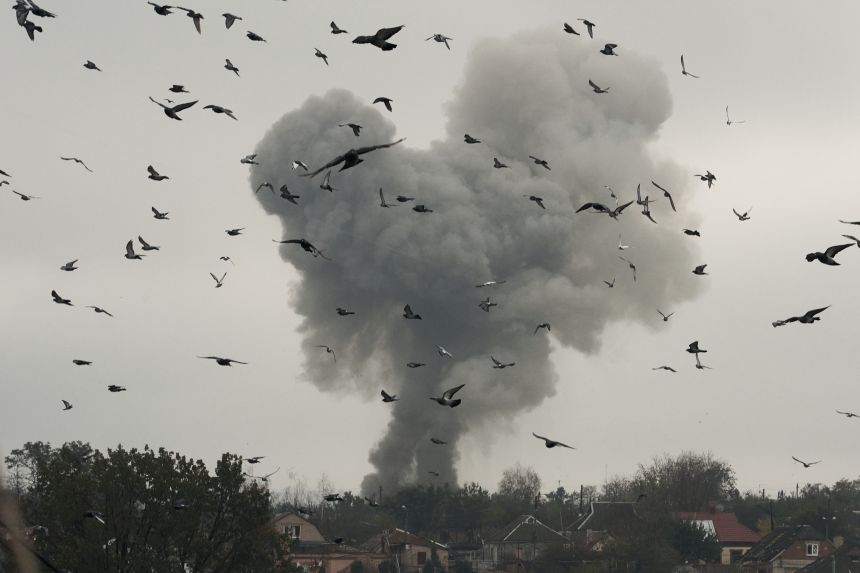
Given the crises of manpower, resources and morale looming over Ukraine in May, this is startling, and potentially flips the dynamics of the months ahead. Putin has again played his military cards, and not (yet) achieved his goals. In weeks, winter will strip the foliage bare and make it harder for Russian infantry to advance, concealed under the leaves against the threat of Kyiv’s drones.
Ukraine has again defied expectations, partly due to grit and sacrifice, but also because, as Trump conceded: “They make a very good drone.” These new dynamics may yet change.
But, for the Kremlin, pressure for results is edging towards an uncomfortable need to explain recent failures.
Can Putin afford to fight all winter, through spring, into the fourth summer, to again aim for increasingly minimalist objectives? Gas shortages from Ukrainian strikes on oil refineries, rising inflation, vacillating sign-up payments for new military recruits, and Moscow’s consistent failure to make a real breakthrough, suggest he can’t.
Zelensky has survived a spring and summer in which Ukraine’s main ally turned on him and tried – without Kyiv – to strike a peace deal with its enemy. Ukraine has seen Europe step financially and militarily into the void left by America, and then seen the same recalcitrant White House offer them its best missiles.
Zelensky used to be the global salesman of the case to support Ukraine’s defense and let it become a NATO member. Now he travels around NATO members, pitching to them up-to-date, fast-evolving Ukrainian drone technology.
Recent changes are less comforting for Putin. Yes, China still has his back, but India is surely paying a price from the US secondary sanctions imposed over its purchases of Russian oil. (Trump suggested India had decided to stop buying Russian oil on Friday, which much reporting suggests isn’t the case).
Russia’s plan, and support base, depends upon a military win. Putin has yet to achieve that. He may do – remarkably – in the weeks ahead, given late October’s propensity to bring sweeping battlefield change in this war.
But whatever the capability of Russia’s closed, autocratic society to suppress dissent, one question is becoming loudest for Putin: “What is your next move?”

